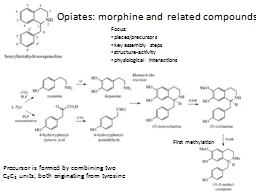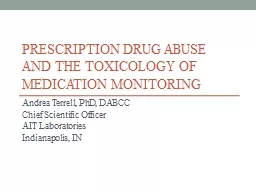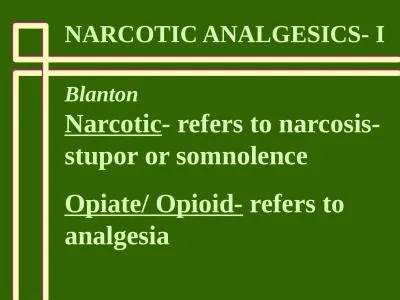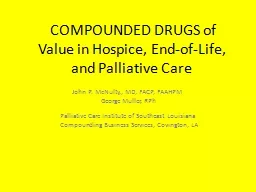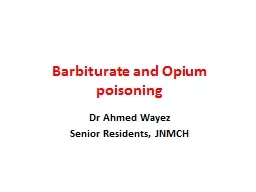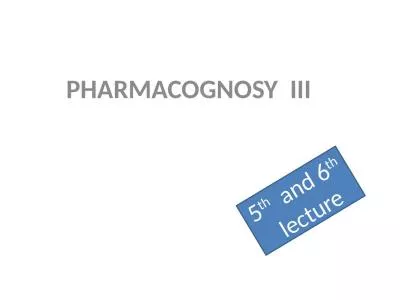PPT-Opiates: morphine and related compounds
Author : alida-meadow | Published Date : 2016-04-07
Precursor is formed by combining two C 6 C 2 units both originating from tyrosine Focus piecesprecursors key assembly steps structureactivity physiological interactions
Presentation Embed Code
Download Presentation
Download Presentation The PPT/PDF document "Opiates: morphine and related compounds" is the property of its rightful owner. Permission is granted to download and print the materials on this website for personal, non-commercial use only, and to display it on your personal computer provided you do not modify the materials and that you retain all copyright notices contained in the materials. By downloading content from our website, you accept the terms of this agreement.
Opiates: morphine and related compounds: Transcript
Download Rules Of Document
"Opiates: morphine and related compounds"The content belongs to its owner. You may download and print it for personal use, without modification, and keep all copyright notices. By downloading, you agree to these terms.
Related Documents

